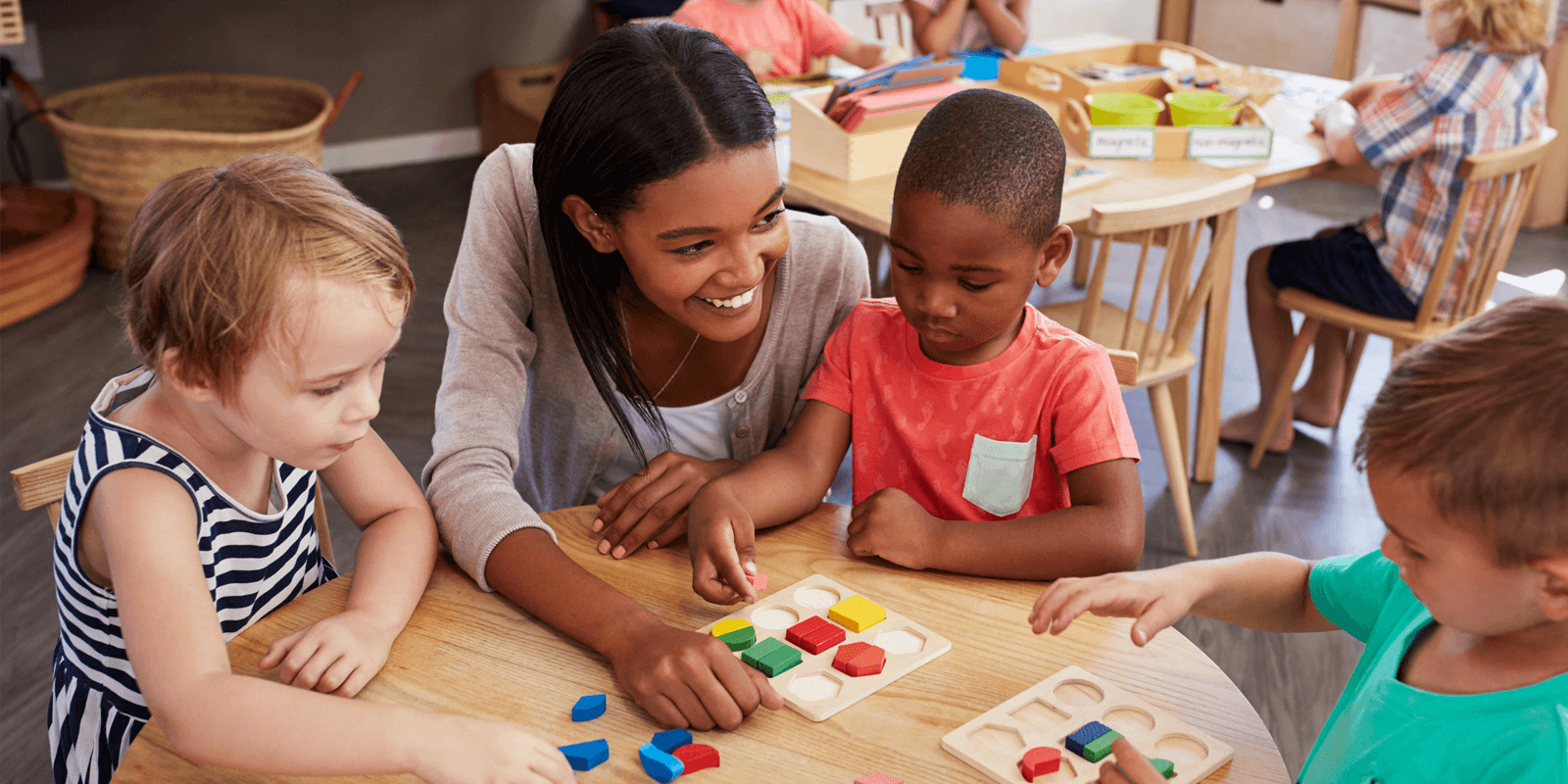Where does individuality end and true delay begin?
by

Human beings are inherently unique. From eye, skin, and hair color to height, weight, and overall build, no two people are exactly alike. Even identical twins have at least one physical trait that differentiates one from the other.
Just as each person is unique physically, so, too are they in their developmental abilities. Where one infant may smile and begin communicating nonverbally at 6 weeks of age, another might roll over at 10 weeks, then smile for the first time. One baby might not ever crawl, but completely stun their parents by pulling themselves up on a chair leg at 10 months and toddling across the kitchen. One baby might sing themselves the “Happy Birthday song” on their first birthday while another doesn’t start communicating verbally until after their second.
Although early childhood experts have general guidelines for milestones, each child is unique in their own development. That being said, knowing when a baby or young child is truly delayed is often critical to making sure they receive the interventions necessary to get them — and keep them — on track.
Areas of development to screen for:
- Physical development
- sensory abilities: acuity, discrimination, perception
- fine motor skills, gross motor skills
- Cognitive development (intellectual abilities)
- Communication development (speech and language)
- Social or emotional development (social skills, emotional control)
- Adaptive development (self-care skills)
Screening for developmental delays gives you a closer look at their overall abilities to determine where additional support may be necessary. The Early Screening Inventory, Third Edition gives you the tools needed to individually screen kids ages 3:0–5:11 in several areas of development. In short, ESI™-3 makes finding the kids that need extra support... easier.
Read the previous articles in this series.
For more information on developmental screening with the ESI-3, visit PearsonAssessments.com/ESI-3.

